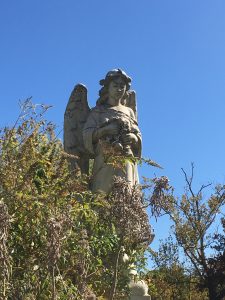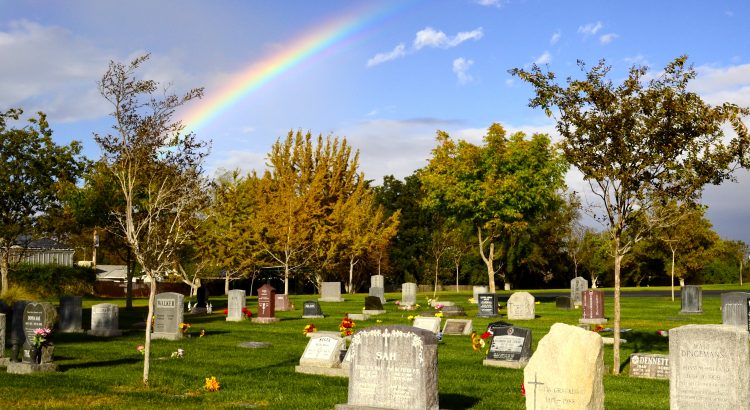Due to COVID-19, the District has made the decision to modify this year’s celebration, keeping health and safety our highest priority. A public altar will be set up for viewing and contribution Friday, October 30th through Sunday, November 1st. Informational signage has been created and will be displayed along our turf to help educate those who visit the cemetery.
Ven a honrar a los antepasados y seres queridos, que han cruzado al mundo de los espíritus.













 July 24th UPDATE
July 24th UPDATE
